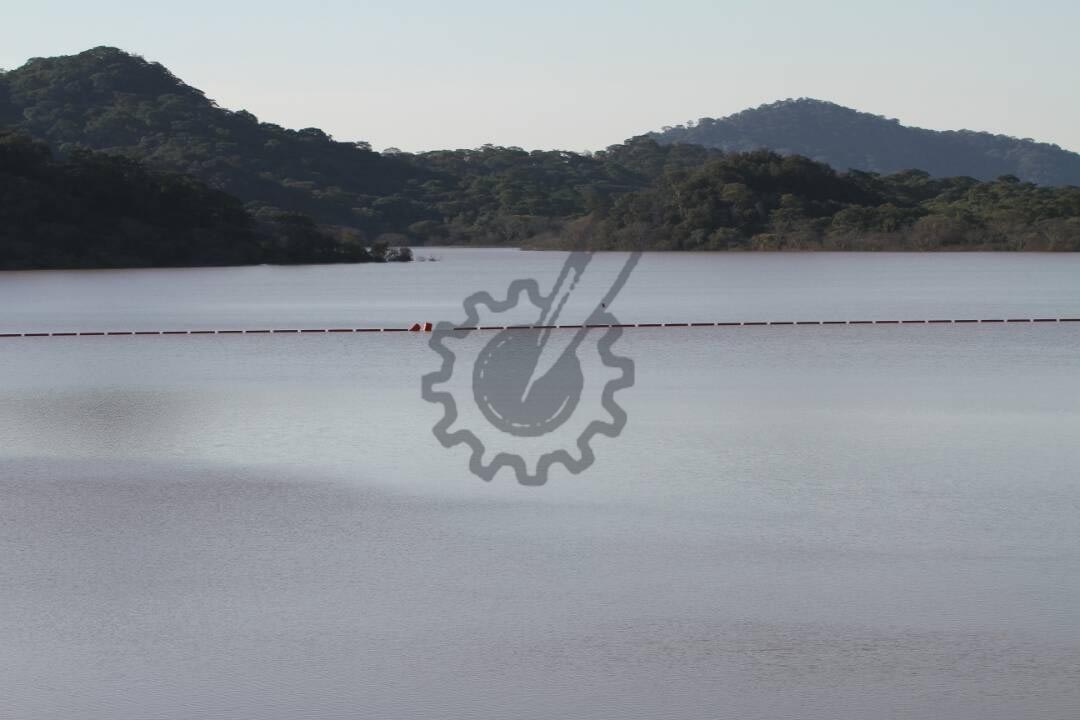George Maponga Masvingo Bureau
At least five fish poachers are reported to have already drowned in the recently commissioned Tokwe-Mukosi Dam in Chivi South, as scores of fishmongers have invaded the country’s largest inland dam in search of fish.
The fishmongers are dicing with death by using unsafe home-made canoes that expose them to the danger of drowning. Chivi Rural District Council chairperson Dr Killer Zivhu recently expressed concern over the increase in the death of fish poachers in Tokwe-Mukosi Dam and warned villagers against poaching fish. He appealed to law enforcement agents to increase patrols around the dam to rid the area of fishmongers.
‘’Since the beginning of this year we have had reports that we lost several lives after fishmongers from areas around the dam drowned,” said Dr Zivhu. “The majority of them are drowning because they are using home-made canoes that are not safe.
“We cannot continue to lose lives and something must be done to curb the illegal fishing. I am appealing to community leaders and law enforcement agents to make sure that they descend on the fishmongers who have become a menace at Tokwe-Mukosi Dam. “What makes the whole situation worrisome is that the fish poachers are using archaic and dangerous fishing methods.”
Dr Zivhu urged communities around Tokwe-Mukosi Dam to form fishing co-operatives and register them so that they catch fish legally. “If you form your own co-operative you can actually get assistance in procuring modern boats that are safe for use in fishing,’’ said Dr Zivhu.
‘’Everyday we continue to receive applications from people who want to undertake fishing at Tokwe-Mukosi Dam, but when the pot is finally ready, we will make sure the people of Chivi will be the first to taste the dish. Locals should be the first to benefit.’’
Tokwe-Mukosi Dam, Zimbabwe’s largest inland water body with a capacity of 1,8 billion cubic metres of water, was commissioned by President Mugabe last month.
Government has since launched the provincial Command Fisheries programme at the dam, where an initial 200 000 fingerlings (young fish) were stocked into the dam for breeding purposes. Plans are afoot to increase the fingerlings to 1,5 million.

